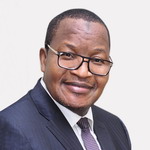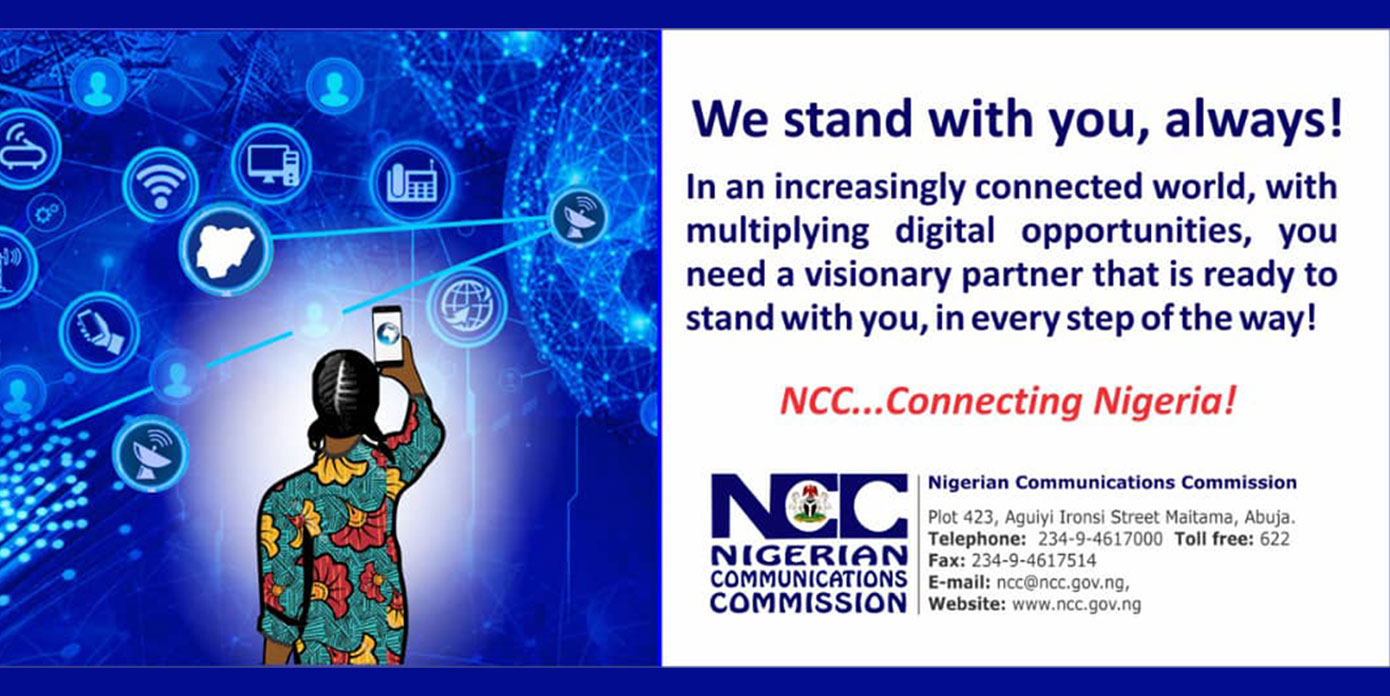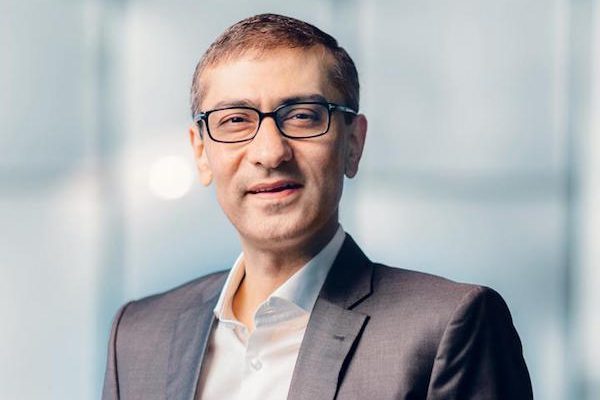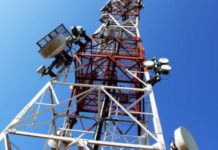By Aaron Ukodie, with reports
Global telecom technology innovators and developers, network systems providers and operators are in a fierce battle of words and rhetoric in a bid to claim supremacy in the emerging 5G technology. The battle is more evidently so between the United States and China who are in the trenches to secure supremacy in the 5G ecosystem.
While the battle rages, Nigeria has yet to make public its policy and roadmap for 5G adoption, though it currently has a robust broadband roadmap, which it expects to run on the best of technologies. It is expected that the eWorld Forums 10th Edition, which has the 5G evolution as one of its major plank of discussion would offer government officials and stakeholders in the Nigerian ecosystem to offer Nigeria’s direction in the bubbly 5G market and technology evolution. It is noteworthy that most of the global operators, among them Huawei, Nokia, Ericsson and ZTE are players in the Nigerian ecosystem. Nigeria’s networks currently run on 3G and in some cases 4G overlay.

Nokia boss Rajeev Suri took the lead on Wednesday as he urged countries and operators to abandon confrontational 5G rhetoric and instead explore ways the technology can benefit everyone, while insisting the biggest industry opportunity lies in enterprise connectivity.
Speaking at the Brooklyn 5G Summit, Suri said that while everybody insists 5G is different to previous generations of mobile technology, it is still “talked about in the same confrontational and zero-sum way”.
Referring to the launch of 4G, which he said was described as an “arms race”, he noted there was already a “battle for supremacy” emerging between the US and China on 5G, while other leading nations are striving to take a leadership position.
“What if, to squeeze the most juice out of 5G, the question is not ‘who wins’, but ‘how do we all win?’” he asked.
Suri noted while the US won the first mover battle in 2018, followed by launches in South Korea and other developed markets set to follow, 5G launch timelines as a whole had pushed up by between 12 months and 24 months, bringing them more in line with what was originally expected.
“5G feels like a mad rush, not just for Nokia but for operators too,” he said. The executive added it could take four or five years to fully embed the technology and for operators to begin to see the true benefits emerge, which at this stage are unknown.
“No-one knows how it will develop. Like the rollout of 3G a few years ago, it takes time for the use cases to catch up with the potential and for this generation’s Ubers and iPhones to emerge,” he said.
Huawei Defend Ownership Structure

Huawei has continued to defended its ownership structure and again assert it is not state-owned, following fresh accusations over its make-up and connections with the government. The US is in the lead of countries who are trying to undermine Huawei 5G drives.
In a press briefing, Jiang Xisheng, chief secretary of Huawei’s board of directors, addressed a number of recent claims, but his attempt to add clarity to an extremely complicated corporate structure and any connections, either direct or indirect, to the central government seemed to raise even more questions.
He began by reiterating Huawei is 100 per cent owned by a holding company, which is 99 per cent held by a trade union committee. Huawei founder and CEO Ren Zhengfei has about a 1 per cent interest. Jiang stated no government agency or outside organisation holds shares or has any control over the company.
“There is no government capital in Huawei,” he said.
While Huawei does make payments to the government’s local union organisation in Shenzhen, he clarified that its involvement with the body are limited to activities such as registering, paying membership fees and annual checks, adding he does not know of “any relationship with the China Federation of Trade Unions”.
UK Clears Huawei’s 5G

The Huawei ownership briefing comes a day after the UK government cleared the vendor to participate in parts of 5G rollouts.
The UK government cleared Huawei to participate in parts of 5G rollouts, although the Chinese vendor will be kept away from sensitive core elements of the infrastructure.
Prime Minister Theresa May backed the decision following a meeting with officials on the country’s National Security Council, The Daily Telegraph reported.
The UK has faced growing pressure from the US in recent months to ban Huawei from supplying equipment for 5G networks due to fears Chinese authorities use its kit to spy on overseas governments.
However, the latest development indicates the government does not share all of the US’ concerns and will allow the company to supply non-core network infrastructure, such as antennas. Huawei will, however, be kept away from sensitive parts of the network, suggesting there are still some security concerns.
May gave the go ahead for Huawei to play a part in the building of “non-core” parts of Britain’s new 5G network, after the country’s National Security Council meeting this week, which she chaired. It’s a decision that could well raise the hackles of the US government, which has been clocking up air miles trying to persuade European countries that opening the doors to Huawei equates to allowing the Chinese state to spy on your communications infrastructure
US Operators Step Forward
In the midst of efforts by the US to undermine China’s Huawei 5G efforts its operators, Verizon and AT &T are reporting inroads in their operations and in 5G leads. Verizon has hailed the beginning of the 5G mobility era, as it reported a strong set of Q1 2019 results driven largely by its wireless business.
The company reported a consolidated revenue rise of 1.1 per cent from the same period last year, reaching $32.1 billion. The bulk of the figure was generated by its wireless unit, which increased 3.7 per cent to reach $22.7 billion.

“2019 is shaping up to be an exciting year for Verizon. We are leading the world in the development of new technologies with the launch of our 5G ultra wideband network. Our ambition remains unchanged to provide the most advanced next-generation networks in the world.”
Verizon became one of the world’s first operators to launch mobile 5G services earlier this month, offering speeds of up to 1Gb/s on Motorola’s Z3 smartphone equipped with a clip-on adapter in select areas of Chicago and Minneapolis.
AT&T president and CEO Randall Stephenson praised the consumer reception of its controversial 5G Evolution brand, while revealing falling premium TV subscriber numbers and a slight improvement in mobile revenue in Q1.
Discussing 5G Evolution at the company’s investor call, days after it settled a lawsuit from Sprint aiming to ban the branding, Stephenson said “our competitors hate it, but it’s having the effect we wanted”.
He added customers saw the logo and speed-checked the network, which led them to discovering speeds of up to 150Mb/s.














